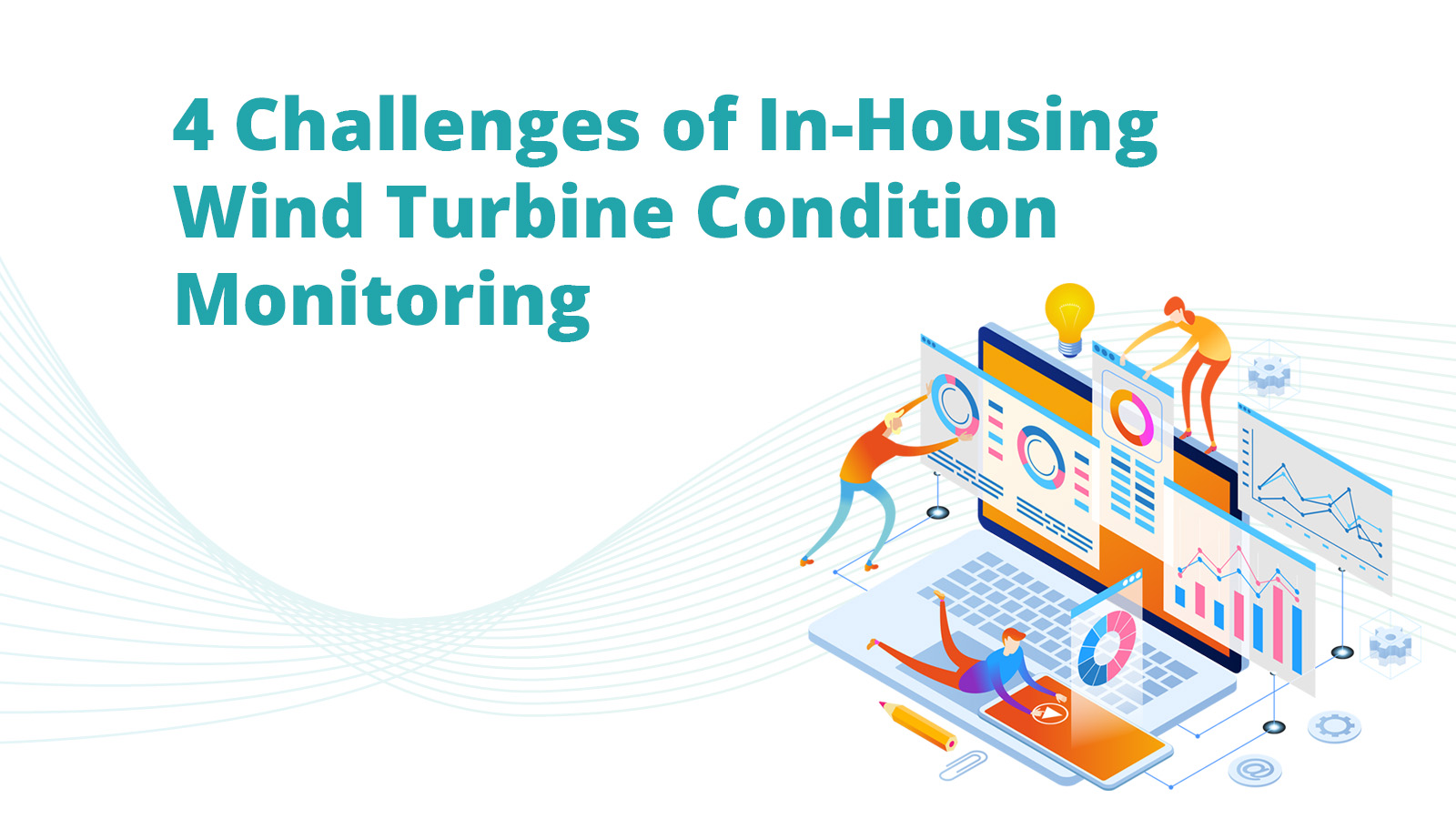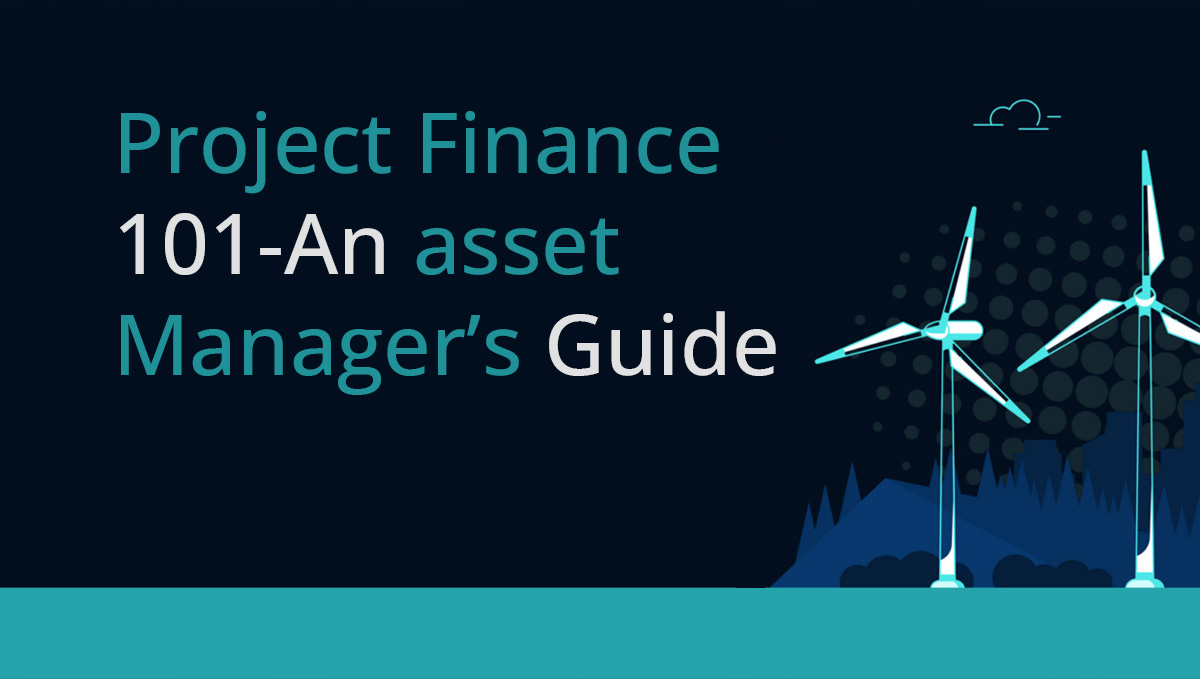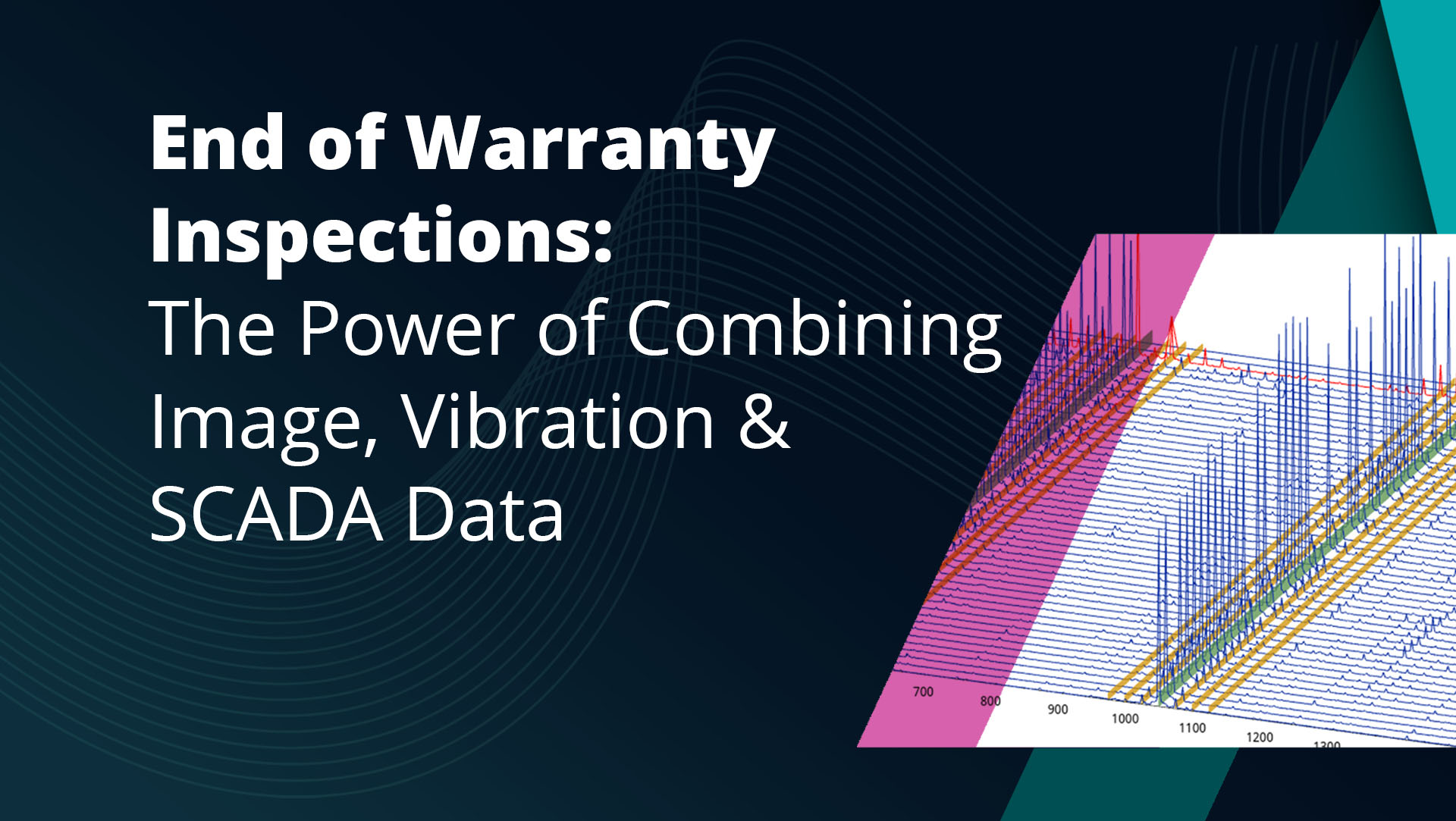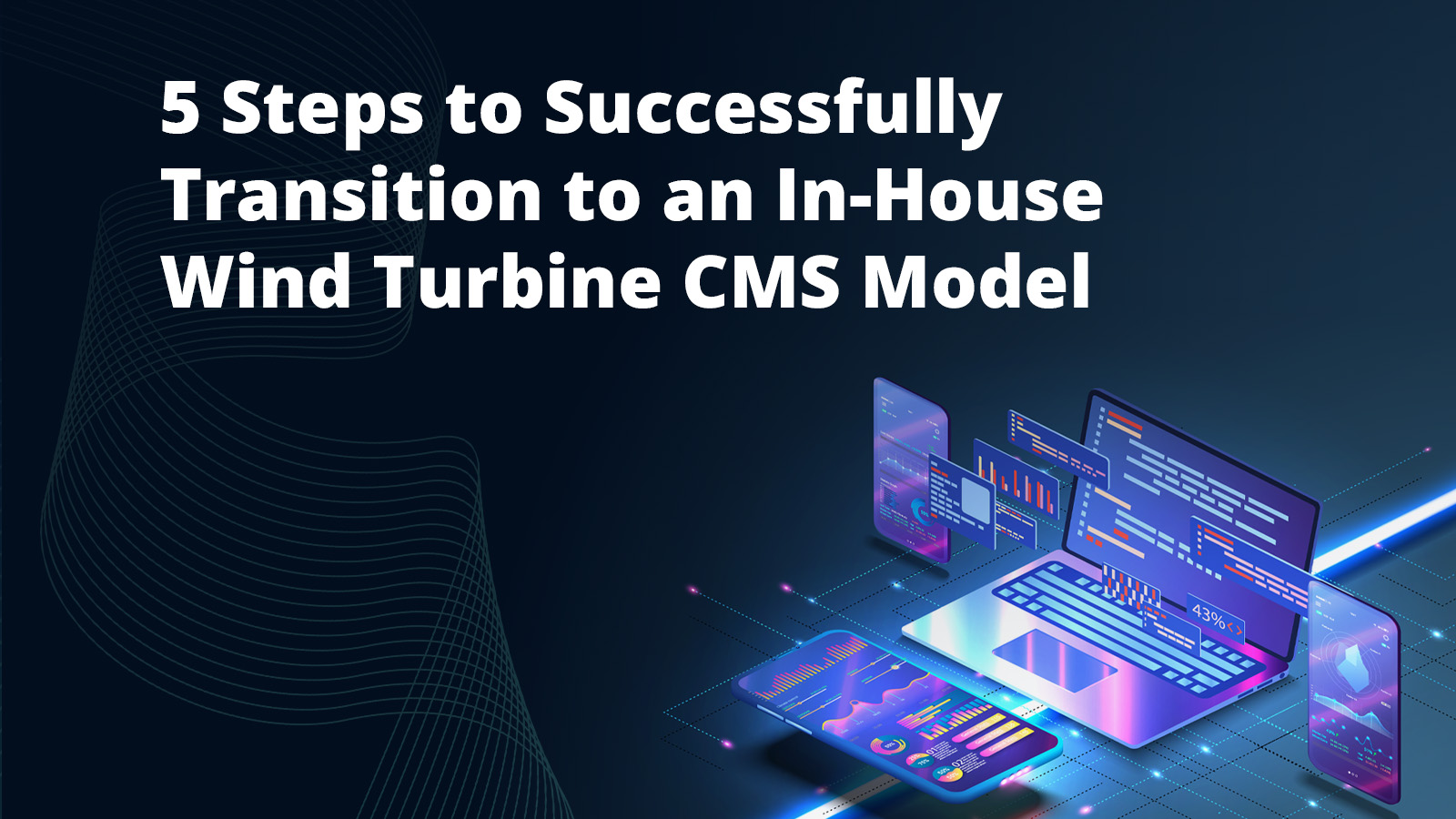As the wind energy industry looks for new ways to grow and scale operations, many companies are considering shifting some of their wind turbine condition monitoring operations to an in-house model. This has the potential to provide organizations with better service quality, lower costs, increased knowledge and ownership of data, and much more.
However, moving wind turbine condition monitoring operations in-house isn’t without potential challenges and roadblocks. You’ll encounter difficulties with finding qualified engineers, navigating the training time required to get employees up to speed, accessing your data, getting buy-in from leadership, and more.
Not sure how to navigate these obstacles? We’ll break down these 4 potential challenges of an in-house wind turbine condition monitoring model and walk you through how to overcome them and take the first steps to an in-house shift.
Ready to take the first steps towards exploring an in-house model?
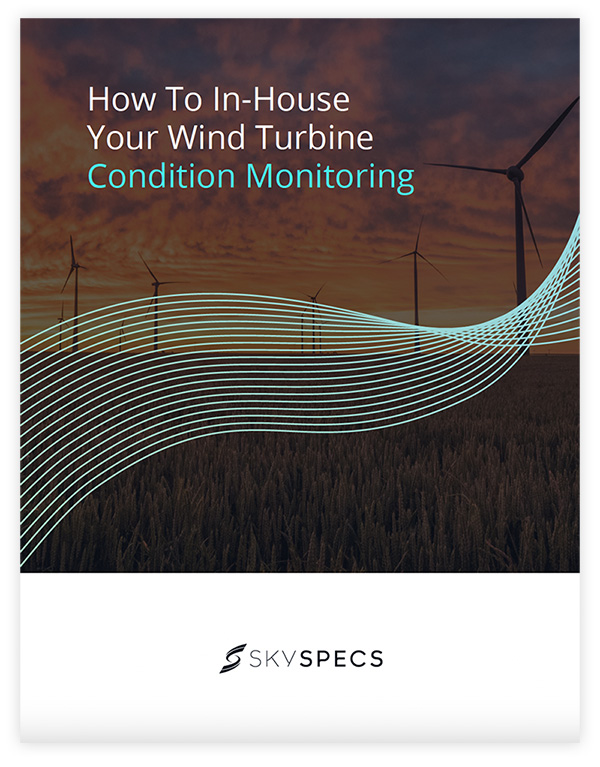
1. Difficulty finding qualified engineers
It can be difficult to find a CMS engineer who already has the required wind industry knowledge and experience. The wind industry is a highly specialized field, and even if you’re able to identify candidates with vibration analysis experience, that alone is not sufficient to make someone well-suited to the role without extra training.
Wind turbine drivetrain issues require an engineer with a significant amount of wind-specific experience to be effectively solved. There is a difference between a general CMS engineer and a CMS engineer with wind experience that not only has the knowledge to diagnose issues, but how to recommend actions specific to wind turbines. However, these roles can be filled by individuals from other industries if your organization is willing to put the time and resources required into training them to where they need to be.
Additionally, while you can pull CMS engineers from other industries, many of them are used to being on-site and out in the field. Individuals who enjoy this aspect of their jobs may not be happy sitting behind a desk and analyzing data remotely.
2. Training time
Because it can be difficult to identify and recruit a fully-trained CMS engineer, you can hire candidates from other industries or directly out of school. However, that requires a significant amount of additional time spent training these team members. A CMS engineer from outside the wind industry can take months or even years to become proficient in their role.
The amount of time required for training can be highly dependent on the software your company uses. Even after multiple months to multiple years of full-time training, team members might still just be learning the software if it’s clunky and complex.
3. Data access
Before determining if in-housing is right for your organization, you’ll need to have ownership and knowledge of your vibration data in terms of location, access, and files needed for CMS analysis. These provide important insight into your assets that can help you analyze the pros and cons of an in-house shift.
If OEMs aren’t transparent about the data they’re drawing from your assets, or if your team can’t access and analyze this data, it can be challenging to decide whether or not an in-house model is the correct move for your company at this time.
Warranty and long-term O&M contracts haven’t given turbine OEMs many incentives to share sensor data with asset owners. Almost all OEMs limit or prohibit data access for operators, which hinders the ability to streamline the diagnostic analysis process and leverage the tools.
4. Getting buy-in from leadership
One of the most difficult tasks for organizations exploring a shift to an in-house strategy is getting the required buy-in of senior leadership and company board members. The move from an outsourced model to in-housing poses a number of financial and technical risks if not properly addressed and prepared for. Organizations with a history of conservative decision-making will have exceptional difficulty getting leadership on board.
Not only will leadership need to agree to the financial and technical risks, they’ll need to approve the necessary headcount and budget required to successfully make the shift, locate those required candidates, and provide resources to train them.
Furthermore, leadership will need to accept the responsibilities that come with owning and analyzing your company’s data. If something goes wrong and a detection is missed, there’s no third party to blame for any mistakes. They will need to be comfortable accepting those mistakes as a learning experience and then moving forward.
It may, however, be easier to get leadership to consider an in-house shift if you emphasize the benefits, such as better quality of service, lower costs, increased knowledge and ownership of your data, and much more, and prepare for the risks. Hopefully, they will at minimum consider which assets would be most suitable.
Overcoming the challenges of an in-house CMS model
Despite the challenges, moving your condition monitoring operations in-house is an excellent way for your company to take operations to the next level and prepare for the predicted scaling within the renewable energy industry. While there are some potential roadblocks along the way, shifting to an in-house model opens up the door to the benefits stated earlier.
If your team is ready to take the first steps towards an in-house shift, you’ll need to have the proper resources and processes lined up to help you navigate the challenges of the transition. This includes having company leadership on board, hiring the necessary headcount and training them, determining which assets to shift first, and more. Solidifying these factors can be difficult, which is why partnering with a great service provider can save you a ton of headaches.
A quality service provider should have great tech support, plenty of industry experience, a flexible contract structure, and transparency about how they operate.
SkySpecs CMS Services has all of the above and more. Our software is easier to use and more intuitive than other options on the market, and we will meet you wherever you are in the in-housing process.
Ready to take the first steps towards exploring an in-house model?

